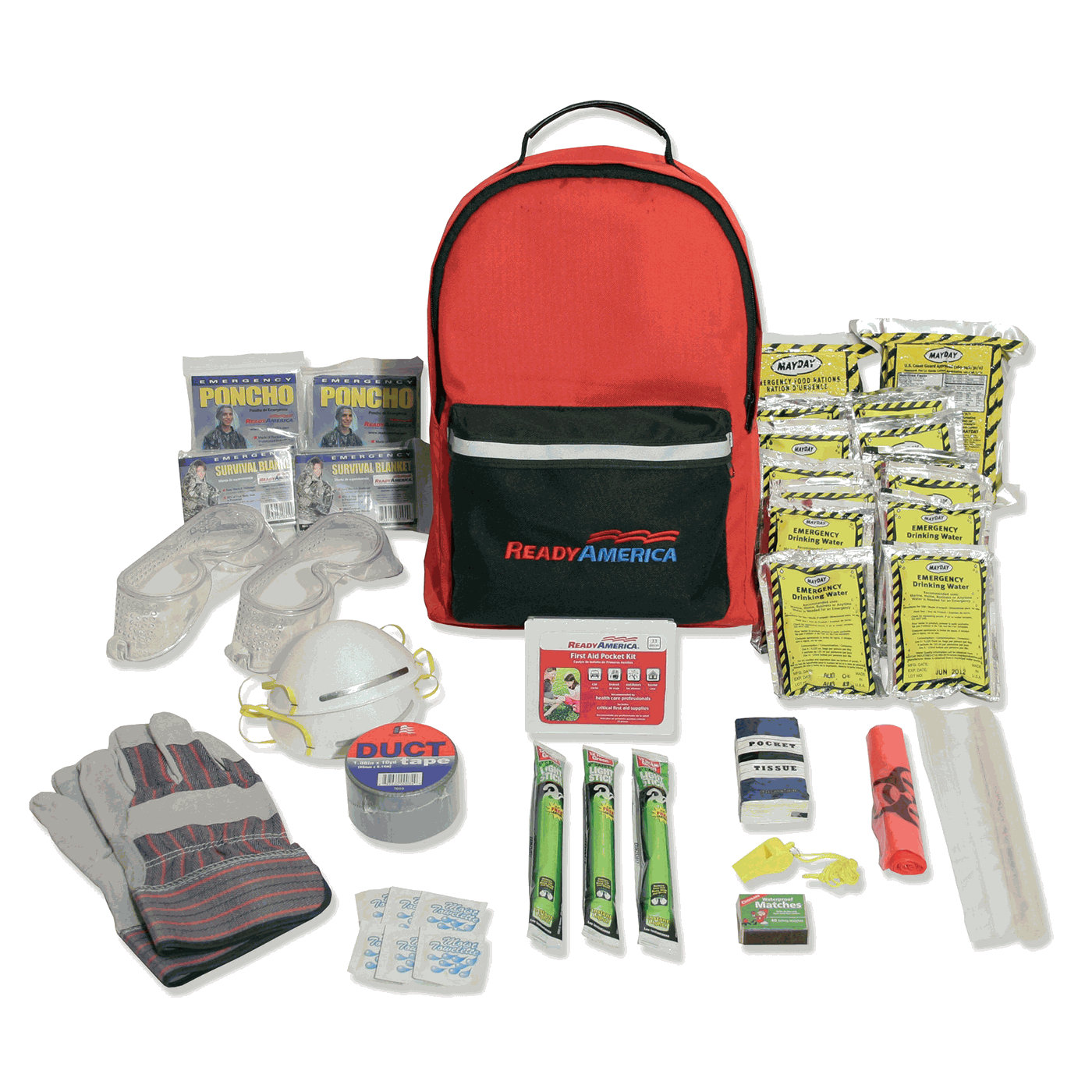Get ready for the Unanticipated: Emergency Preparedness Made Easy
Get ready for the Unanticipated: Emergency Preparedness Made Easy
Blog Article
Necessary Emergency Situation Preparedness Tips for Survival
In today's unforeseeable world, being prepared for emergencies is not simply a referral however an important necessity. Guaranteeing your safety and security which of your loved ones during unanticipated situations needs careful preparation and insight. From setting up a fully equipped emergency package to establishing clear communication networks and discharge routes, there are numerous important actions that can make a substantial distinction despite adversity. By proactively dealing with these vital facets of emergency situation readiness, you can significantly boost your possibilities of survival in challenging situations.
Building an Emergency Package

Begin by consisting of non-perishable food things like tinned items, granola bars, and dried out fruits that have a lengthy life span and do not call for food preparation. Bear in mind to load a guidebook can opener. In addition, shop at the very least one gallon of water per individual daily for a minimum of 3 days in strong containers.
Keep duplicates of crucial files like recognition papers, insurance policy policies, and emergency situation get in touch with information in a water resistant container. By putting together a well-balanced emergency package, you can better prepare on your own for unexpected occasions and increase your opportunities of staying risk-free during a dilemma.
Creating a Communication Strategy
Assembling an emergency situation kit with necessary supplies establishes a strong foundation for readiness; currently, turning to the advancement of an interaction plan is vital for guaranteeing efficient control and information circulation throughout times of crisis. A well-thought-out interaction strategy is important for maintaining people informed, connected, and safe in emergency situation scenarios. Start by establishing a chain of communication that consists of relative, next-door neighbors, and appropriate authorities. Make sure that every person recognizes exactly how to get to each various other and assign an out-of-town contact as a central point for information sharing. Make use of multiple interaction approaches such as sms message, phone telephone calls, social media sites, and emergency alert systems to guarantee info gets to every person promptly. Practice your communication plan on a regular basis to make certain every person recognizes their roles and responsibilities. Additionally, think about elements like language barriers, ease of access requirements, and technological restrictions when establishing your communication technique. An effective communication strategy can make a substantial distinction in taking care of emergency situations effectively and securing the wellness of all involved.
Developing Discharge Routes
To ensure reliable emergency situation action and precaution, developing clear emptying courses is critical in preparedness preparation. Evacuation courses need to be predetermined and interacted to all people in a provided area to make certain a swift and organized discharge in times of crisis. When developing discharge paths, it is important to think about several choices to make up different scenarios, such as fires, floods, or various other emergencies that may block main escape routes.
The selected evacuation paths ought to cause designated risk-free locations where people can look for shelter and wait for more guidelines or assistance (go to the website). These paths should be conveniently accessible and well-marked, thinking about the demands of all individuals, including those with handicaps or movement constraints. Regular drills and practice runs along these discharge routes can assist acquaint people with the getaway courses and make certain a more effective discharge process throughout real emergencies
Along with physical evacuation paths, it is crucial to have alternate interaction approaches in position to relay emptying instructions and updates successfully. By developing and routinely examining discharge courses, communities can enhance their general emergency situation readiness and response capabilities.
Knowing Basic Emergency Treatment
One essential element of emergency situation preparedness is obtaining knowledge in basic emergency treatment procedures. In times of dilemma or disaster, being able to provide prompt clinical assistance can make a considerable difference in conserving lives. Understanding standard very first aid gears up individuals with the skills to examine and react to common injuries and clinical emergency situations efficiently.
Basic initial help training normally covers vital strategies such as mouth-to-mouth resuscitation, injury care, bandaging, splinting, and identifying indications of shock or breathing distress. published here. Understanding how to administer these basic interventions correctly can stabilize an individual's problem till specialist clinical assistance shows up
Additionally, having a fundamental emergency treatment kit conveniently offered is essential in emergency situation circumstances. The set ought to include important supplies like plasters, disinfectant wipes, gauze pads, glue tape, tweezers, gloves, and scissors. Understanding how to make use of these products effectively check out this site can protect against infections, stop bleeding, and supply comfort to those in demand.
Securing Important Documents

Verdict
Constructing an emergency package, establishing an interaction plan, developing evacuation paths, learning fundamental initial aid, and protecting vital files are essential steps to take. It is vital to prioritize emergency readiness to ensure readiness for any type of possible crises that may develop.
From assembling a fully equipped emergency situation kit to establishing clear communication networks and discharge routes, there are several vital actions that can make a significant difference in the face of misfortune.To make sure reliable emergency reaction and security procedures, developing clear discharge courses is paramount in preparedness planning. When establishing evacuation routes, it is vital to think about several choices to account for various circumstances, such as fires, floodings, or various other emergency situations that might obstruct main getaway paths.
Routine drills and method runs along these emptying routes can help familiarize people with the retreat courses and make certain an extra reliable emptying process during actual emergency situations.
Constructing an emergency situation set, establishing a communication strategy, developing discharge paths, discovering basic first help, and safeguarding crucial files are important steps to take.
Report this page